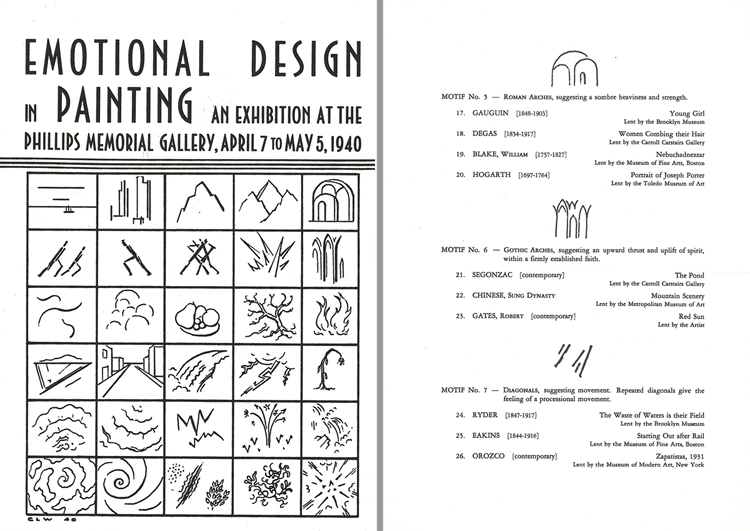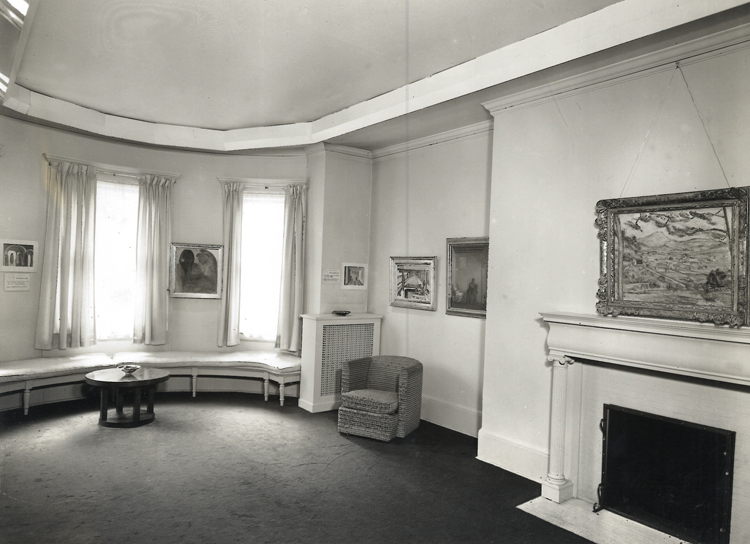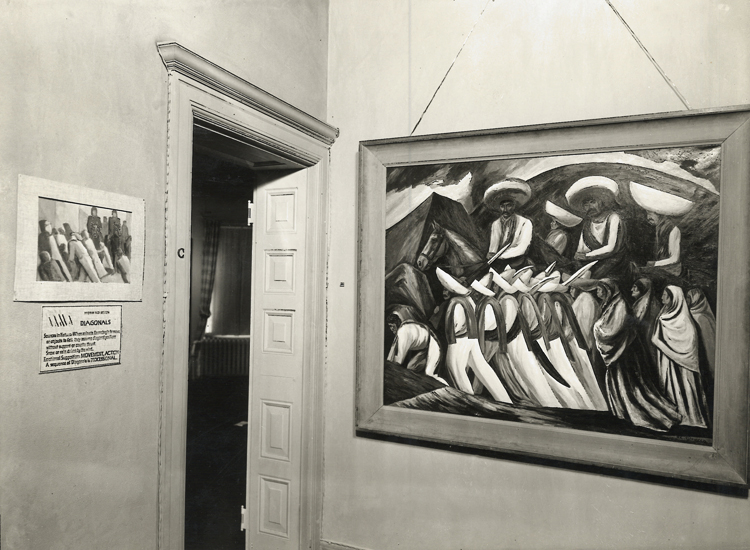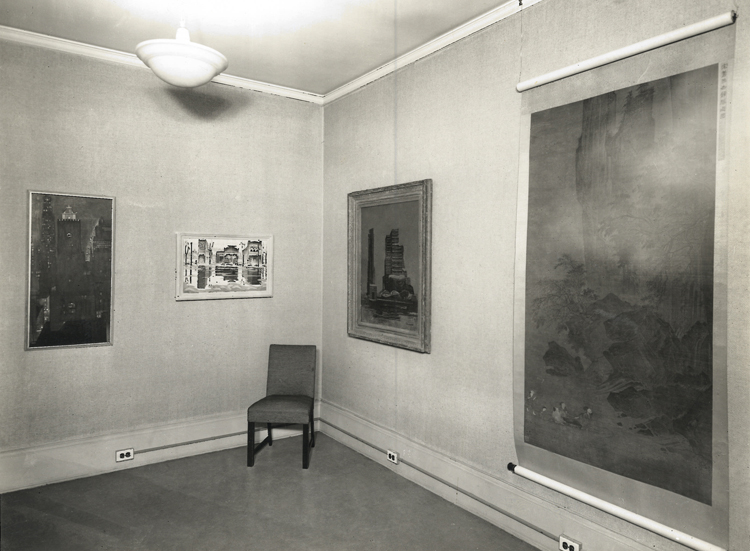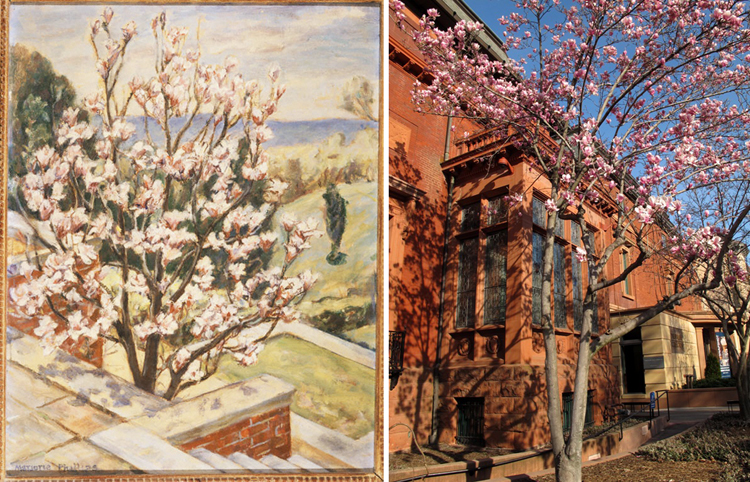
Wangechi Mutu taking audience questions on April 18, 2013, during our Conversations with Artists series. Photo: Sarah Osborne Bender
Two weeks ago, we concluded our season of Conversations with Artists by spending an evening with Wangechi Mutu. I was looking forward to her talk all year, having learned about her first in 2009 during our Paint Made Flesh exhibition. While I was familiar with her collage and mixed media work, I was unaware of her video pieces. Acting as filmmaker and performer, she takes on a variety of roles–laborer, protestor, diva, among them–and carries out intense physical expressions in each film. It was fascinating watching the projected videos of Mutu while, at the same time, she stood right beside the projection, casually in a headscarf and leather jacket. She also discussed her first animated piece, The End of Eating Everything, which features singer Santigold. She told us she was satisfied at seeing her layered, still, two-dimensional works transformed into a moving image that conveyed a sense of space, but also commented on the lack of control that comes with bigger and more complex projects. I look forward to seeing if she continues her explorations in animation, and to seeing more of her video work.
Stay tuned for the 2013-2014 series of Conversations with Artists, returning in the fall.
Read the live tweets from the conversation with Mutu on Storify.

